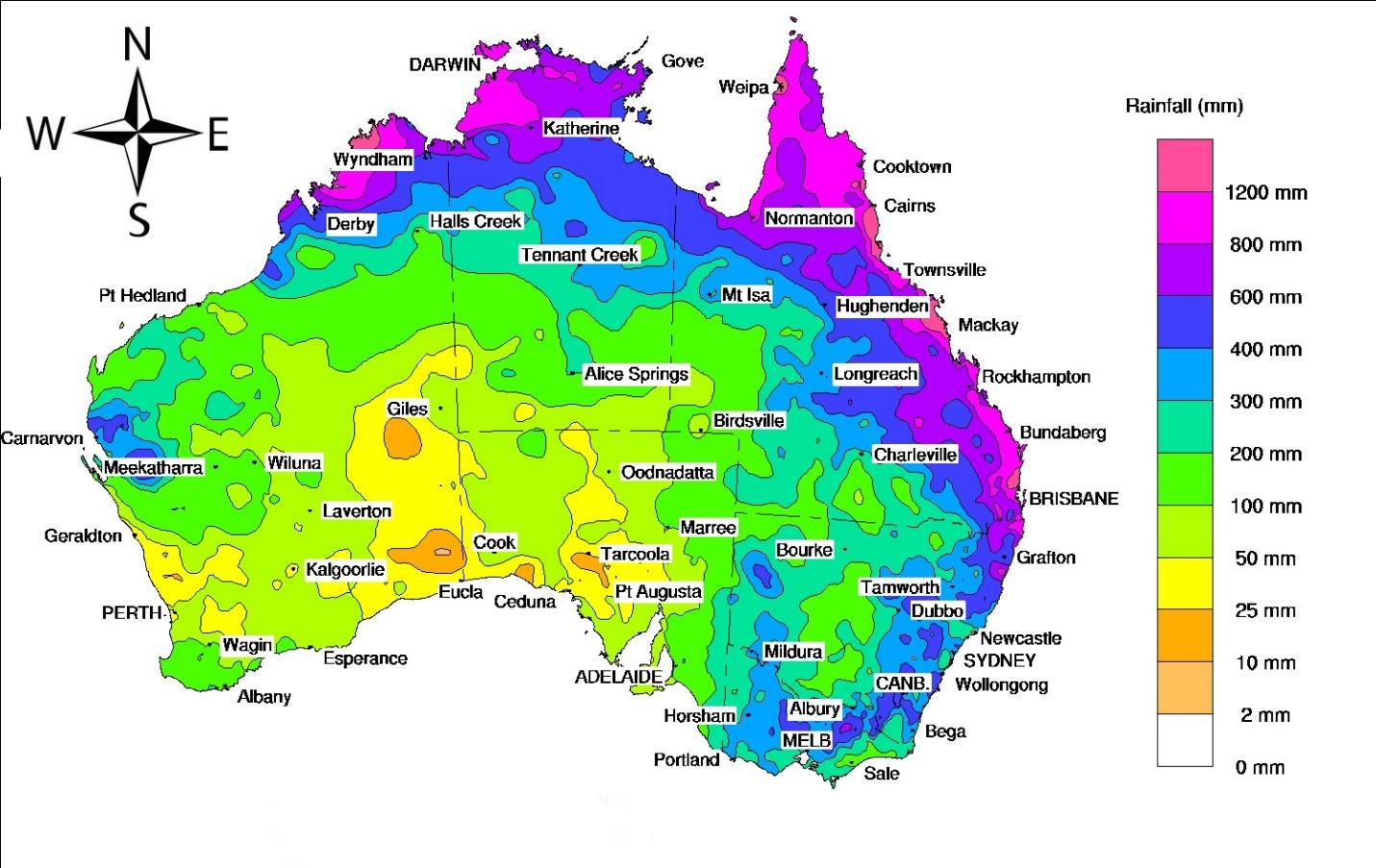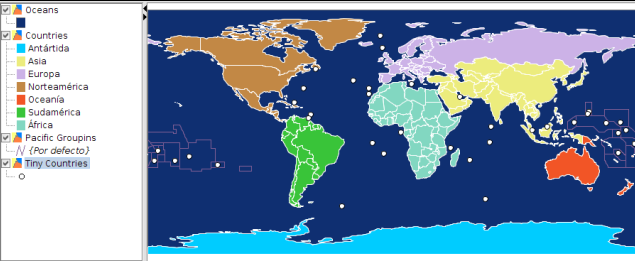Thursday, 24 May 2018
Saturday, 17 February 2018
Cadastral GIS of Real Value
InfoTech’s
Cadastral Mapping GIS applications, while not as glamorous as GIS applications for
emergency response or law enforcement, enhance the performance of the
assessor's office and often provide the foundation for the development of GIS
throughout a local government.
Cadastral
data defines the geographic extent of the past, current, and future rights and
interests in real property and the spatial information needed to describe that
geographic extent. These rights and interests are contained in land record
documents.
The Cadastral data for a county, known as the tax assessment role, is maintained by
the county assessor's office. Assessors do not determine tax rates, nor do they
collect or figure taxes-they value real property for taxation purposes. This
ensures the equitable distribution of a community's tax burden.
Property
taxes are the major source of revenue that allows local governments to provide
community services such as fire and police protection. The quality of the work
performed by this office directly impacts the financial security of a
community.
Tax maps
were originally drawn by hand on Mylar or linen. These maps were difficult to
keep up-to-date and cumbersome to store and retrieve. Multiple copies of maps
sometimes contained different or conflicting information. Tax maps maintained
as part of a GIS are more easily updated, organized, and shared across
departments in a local government. Parcels can be linked to data stored in a
Computer Assisted Mass Appraisal (CAMA) system, a widely used system for
storing tabular information on real property.
Working Better and Smarter
GIS also
benefits assessors by improving the quality of valuations. More factors
relating to each property can be considered when determining value. Instead of
hunting through paper maps or searching CAD documents, an assessor can query
and not only find the parcel immediately but also access related information
that previously was kept in separate tabular databases or in filing cabinets.
Square footage and acreage calculations can be performed on the fly.
"Location,
location, location," the mantra of real estate agents, holds true for
assessors as well. Knowing the location of the subject property in relation to
factors such as flood zones or water frontage improves valuation. By querying
the GIS, assessors can identify all properties with similar use codes, sizes,
locations, or other features that affect value in a specified area.
GIS is
also a tool for working smarter. Thematic mapping makes it easy to spot such
things as disparities between selling prices and assessed values or missed
assessments. Land and building values can also be analyzed by neighborhood to
help identify areas of concern. Homogeneous areas can be identified so that
mass appraisal techniques can be used to streamline work.
Working
smarter extends to the management aspects of running an assessor's office. GIS
can help manage personnel and chart work flow.
Blog Source: www.infotechenterprises.net
Subscribe to:
Comments (Atom)


